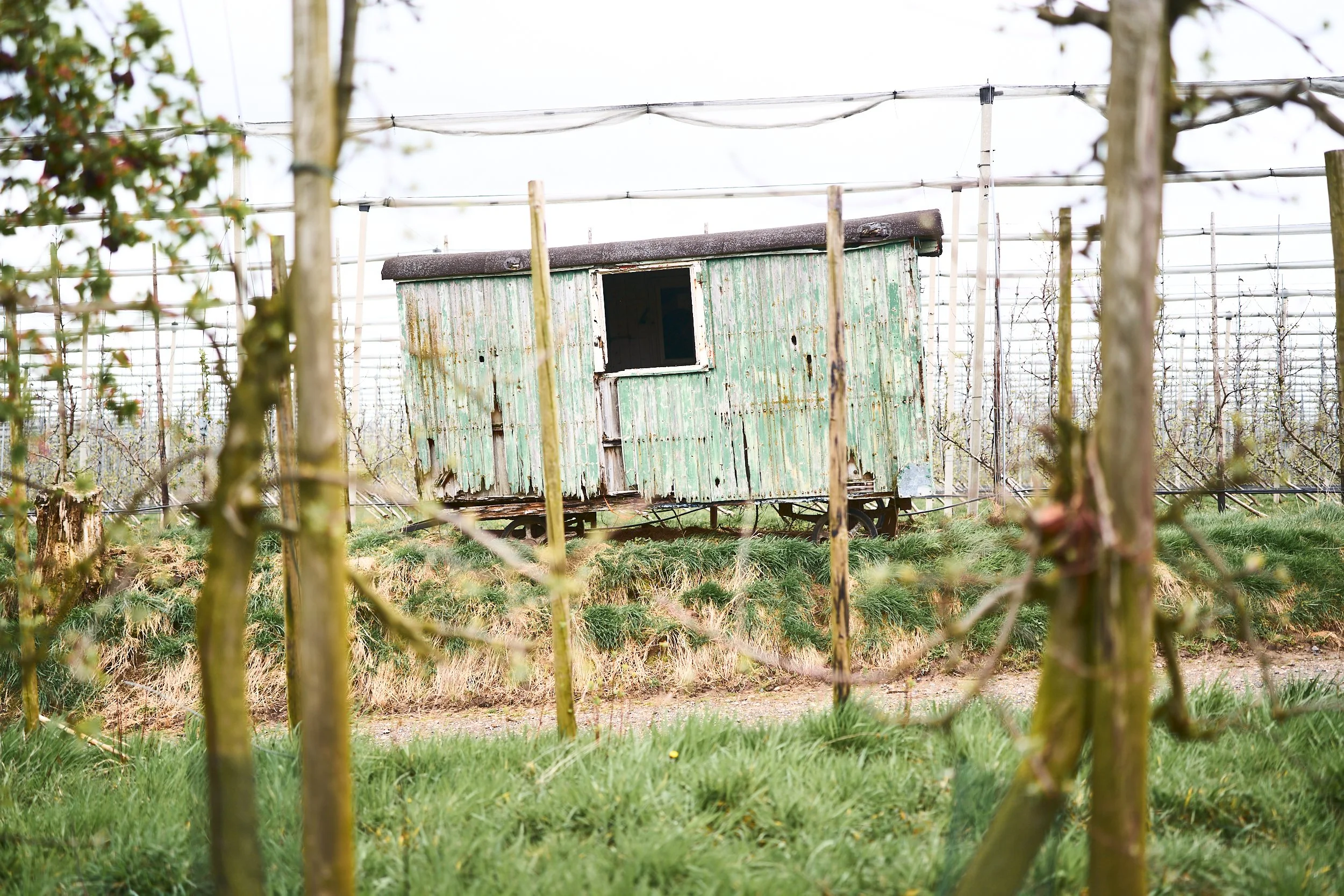
Color editing inspired by James Popsys
Aug 22, 2025
This is an adapted version of a post that I published last year on my old website. It’s about color editing, which I find really hard to get a grip on, and continues to keep me busy. Probably, this is because the perception of color depends on so many characteristics of a photograph — like color palette, color temperature, exposure, and contrast — that things become confusing very quickly. Fortunately, I’m gradually finding my way around, thanks to some inspiring photographers on the web who are generous enough to share bits of their editing process.

From Wix to Squarespace
Aug 21, 2025
I just jumped from Wix to Squarespace to rebuild my photography website. Not that there was anything wrong with my old website, but after eight years of using Wix, it was time for something new. I had heard a lot about Squarespace through advertisement and sponsored messages from photographers I follow on YouTube, so I thought I would give it a try.
